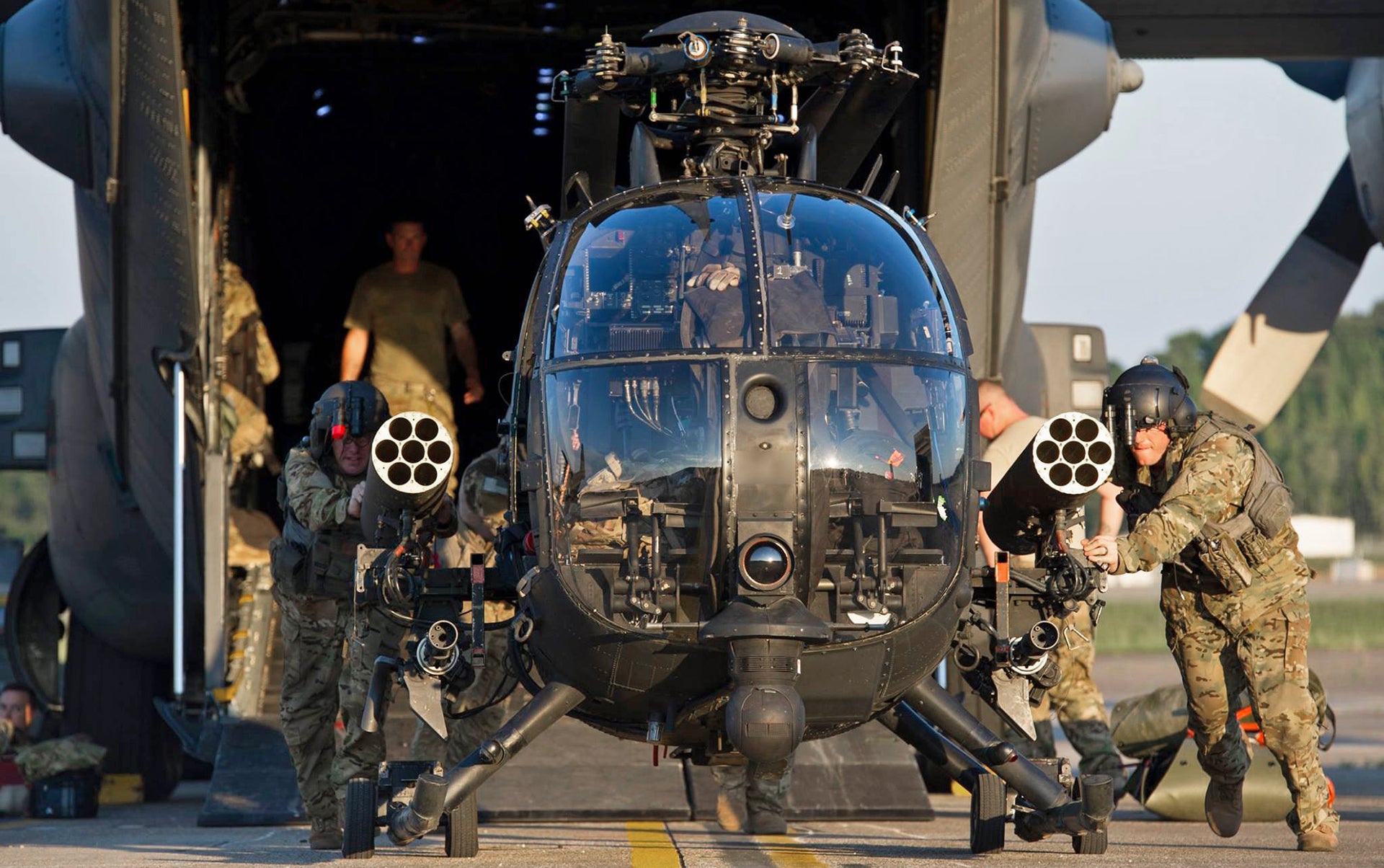The application of American airpower was an absolutely decisive factor in American forces and their Northern Alliance allies sacking the Taliban from power in 2001. It remained so throughout the 20-year conflict until the United States pulled its aerial assets from supporting the Afghan National Army. The rest is history. But the highly precarious situation the U.S. military is in now in as a result of the rickety evacuation operation centered entirely at Kabul’s international airport, which is now totally surrounded by the Taliban, makes traditional airpower provided by fighters, drones, and bomber aircraft, a far less effective tactical option to lean on in a pinch. One very unique, highly-trained, and specially-equipped group is capable of overcoming these limitations, if they are called upon to do so, and they are now in Kabul in force—the 160th Special Operations Airborne Regiment (SOAR), better known as the Night Stalkers.
Based on publically available images on the ground and from satellites, the 160th SOAR had a small presence of a couple of transport helicopters in Kabul when the city fell to the Taliban on August 15th, but since then, their numbers have been significantly bolstered, most notably by a contingent of at least eight AH/MH-6 Little Birds, as well as specially modified MH-60 Black Hawks and MH-47 Chinooks. These two larger types are capable of in-flight refueling and can deploy directly without having to be broken down to be flown in on a transport aircraft, which are currently highly taxed bringing in standard forces to protect the airport in Kabul and flying out Americans and Afghan allies.
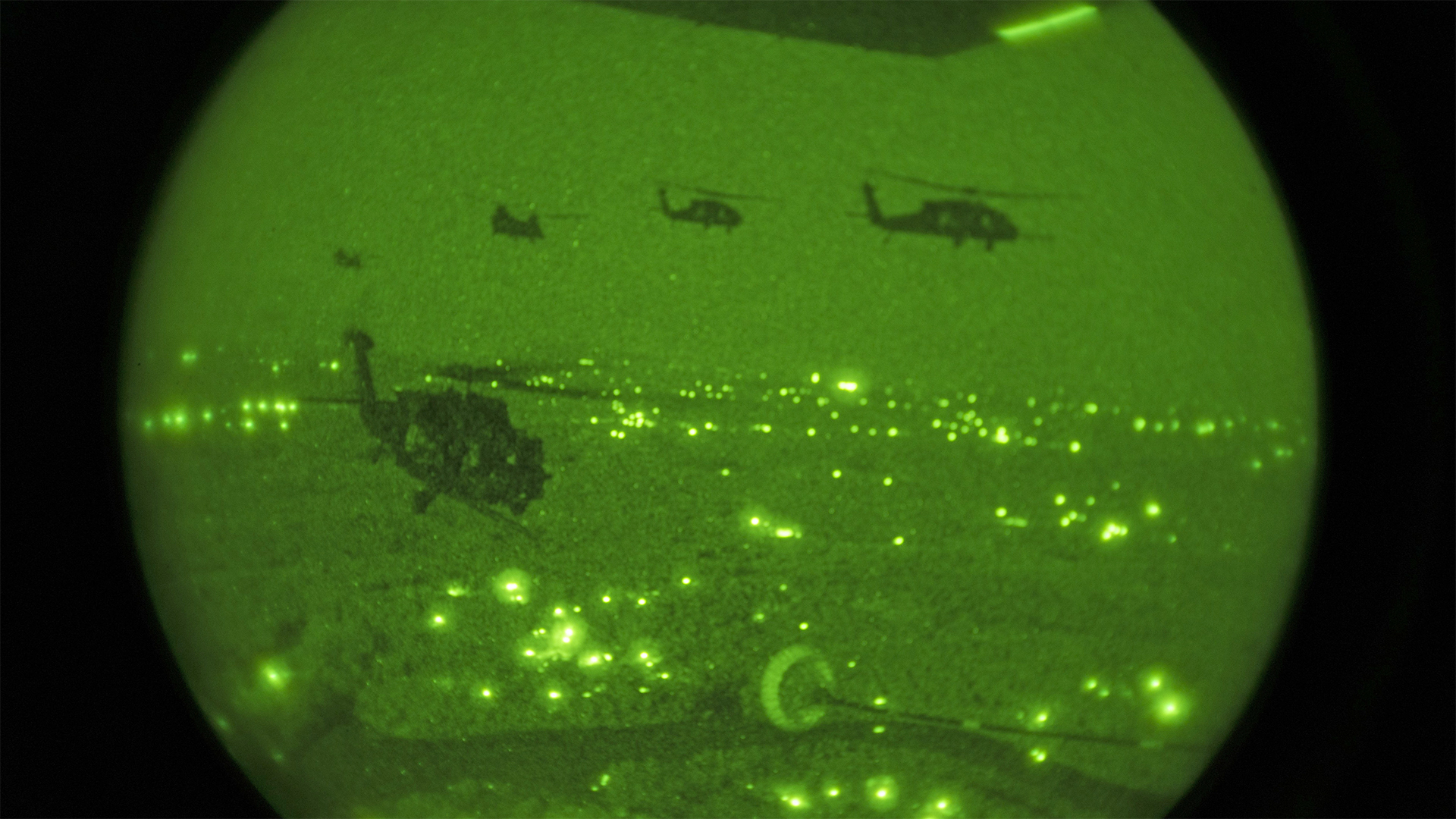
The Little Birds, on the other hand, are designed to be stuffed in transport planes as small as a C-130 and can be ready to be flown in a matter of minutes, not hours, once they are rolled off the aircraft. As such, the 160th is especially capable of quickly deploying to an area without taxing logistical aircraft and can leave just as fast as they arrived, unlike their conventional force counterparts. This could be especially important for the high-risk proposition of having U.S. forces actually exit from Afghanistan, once and for all. The simple fact is that someone has to be the last to leave once the mission comes to a close.
You can clearly see some of the 160th SOAR’s contingent at Kabul in the image with the Turkish soldier walking by in the tweet below and an MH-60 DAP in the tweet below that:
One can reasonably predict that it will be the 160th SOAR and the special operators they carry that will be the last Americans to leave Hamid Karzai International Airport. The U.S. force protection contingent currently there, which numbers in the thousands of troops, will have to draw down and depart at the end of the evacuation mission. This will demand a shrinking perimeter and whoever is last to leave will have to be capable of doing so very fast, and potentially fight their way out. There will not be time to break down complex helicopters and slowly load them onto lumbering transports. As such, it is very possible that the 160th SOAR will be the force tasked with this ultra risky endcap to America’s two-decade-long mission in the war-torn country.
This is somewhat fitting as it is also the 160th SOAR and the SEAL operators they often carry that went into Pakistan and killed Osama Bin Laden a decade ago. The Al Qaeda mastermind was the predominant figure that set the events in motion that led to the invasion and occupation of Afghanistan.
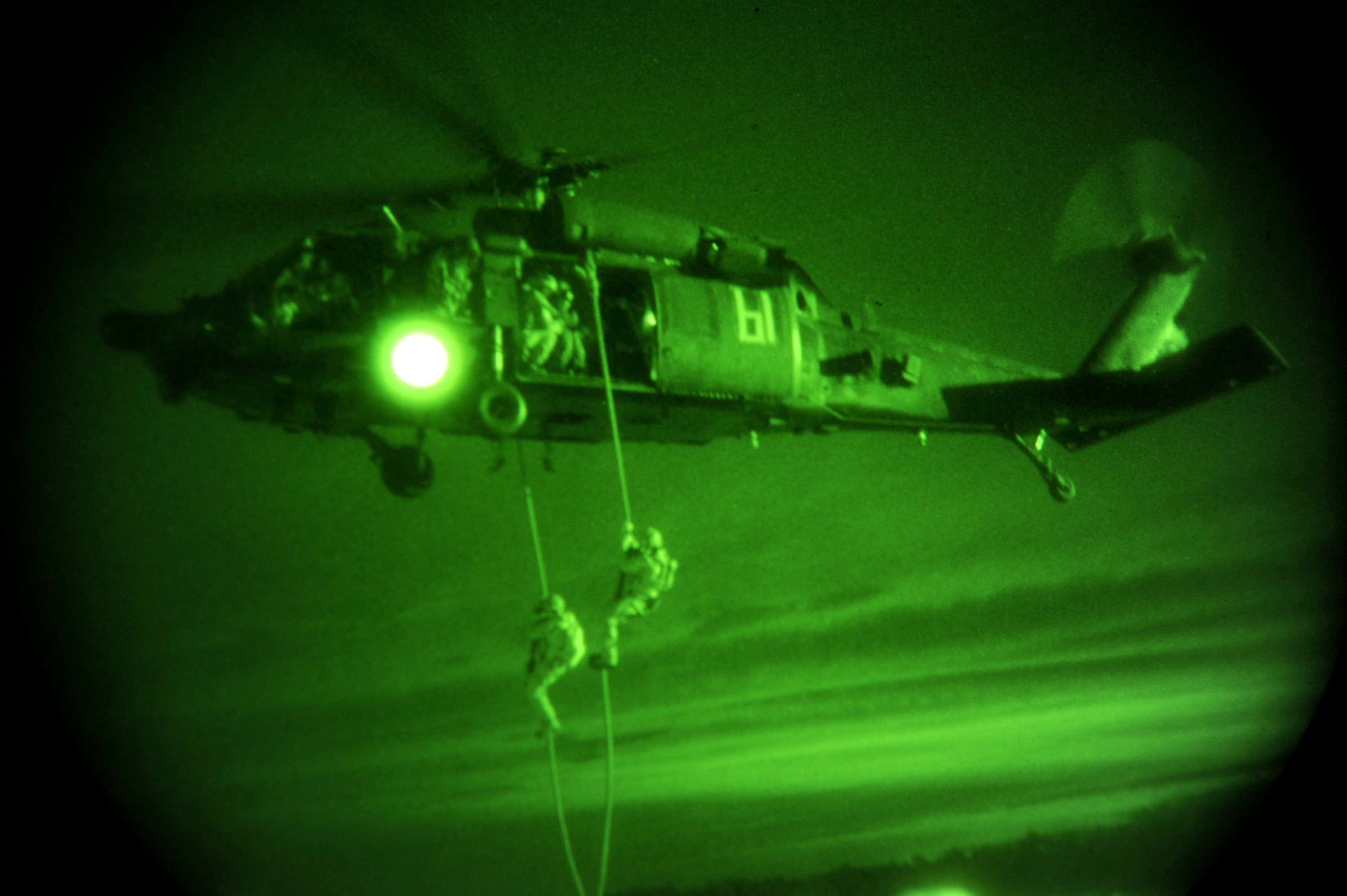
Still, getting out last in a lightning-quick manner isn’t the only thing this force could be extremely useful for. The unprecedented situation U.S. forces and are in right now of trying to get people out of the country while being totally surrounded by enemy fighters and civilians, in a dense urban area, makes executing close air support of any kind in an emergency very tricky and extremely volatile both tactically and politically. Hellfire missiles and 500-pound laser-guided bombs are nearly impossible to use under such conditions, leaving drones, fighters, and bombers largely unemployable. Extreme precision is required and with this comes the necessity of close proximity.
Outside of their special operations transport duties, this is where the 160th SOAR really shines. Their AH-6 Little Birds and MH-60 Black Hawk derivatives in the Direct Action Penetrator (DAP) configuration are all about the intimate application of airpower against enemy forces in very challenging terrain. They use 7.62mm and .50 caliber machine guns to make pinpoint strafing runs, even flying down streets at below building-top level to accomplish the desired effect. They can also sling standard and laser-guided rockets capable of killing a single fighter in a doorway, as well as Hellfire missiles, if need be, but the whole idea is that they can fight from the air without causing mass collateral damage in situations in which almost anything else cannot, and especially when supporting special operations forces on the ground.

You can see how this capability could be essential in the current situation, where even a warning strafing run can be carefully applied to keep the enemy at bay or taking out small groups of fighters that are very near civilians without large numbers of innocent lives lost. They can do all this in the black of night and with ferocious frequency, as well.
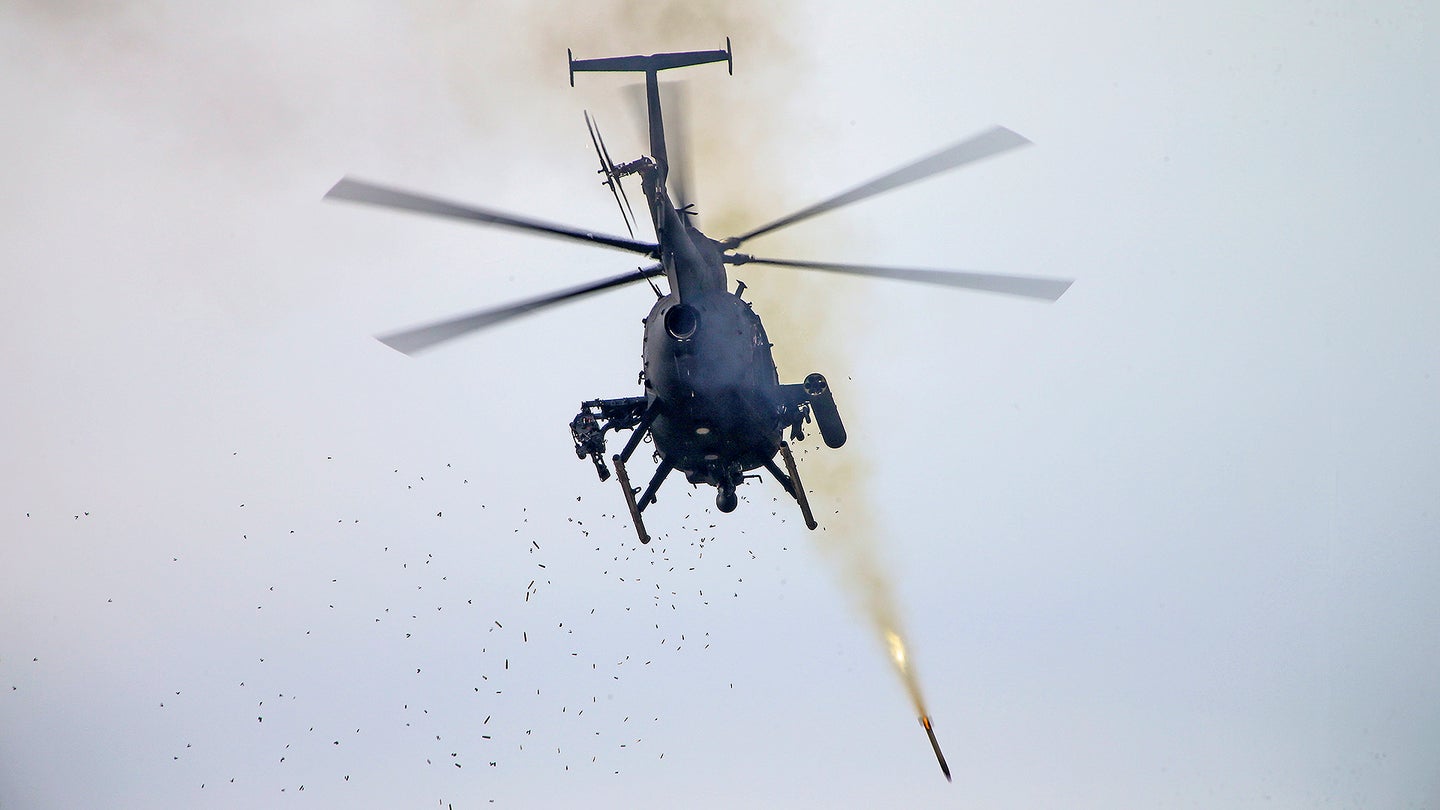
Simply put, there are no other aircraft in the inventory, or crews so highly trained, that can deliver this level of exacting and close-up and personal close air support and do so repeatedly, with rapid follow-ups, as needed. For protecting a perimeter of an airport deep within a sprawling urban area, this capability could mean the difference between the entire mission failing in spectacular fashion and not.
Only second to the 160th SOAR in terms of precision close air support are the few AH-64E Apaches at Kabul’s airport and the AC-130 gunships that have been circling high overhead. However, they cannot really compare to what the Night Stalkers can do in terms of surgical application of airpower in an urban area when it is needed most. At the most basic level, they are limited by their high-explosive armament compared to the far more flexible, lighter weaponry carried by the DAPs and AH-6s.
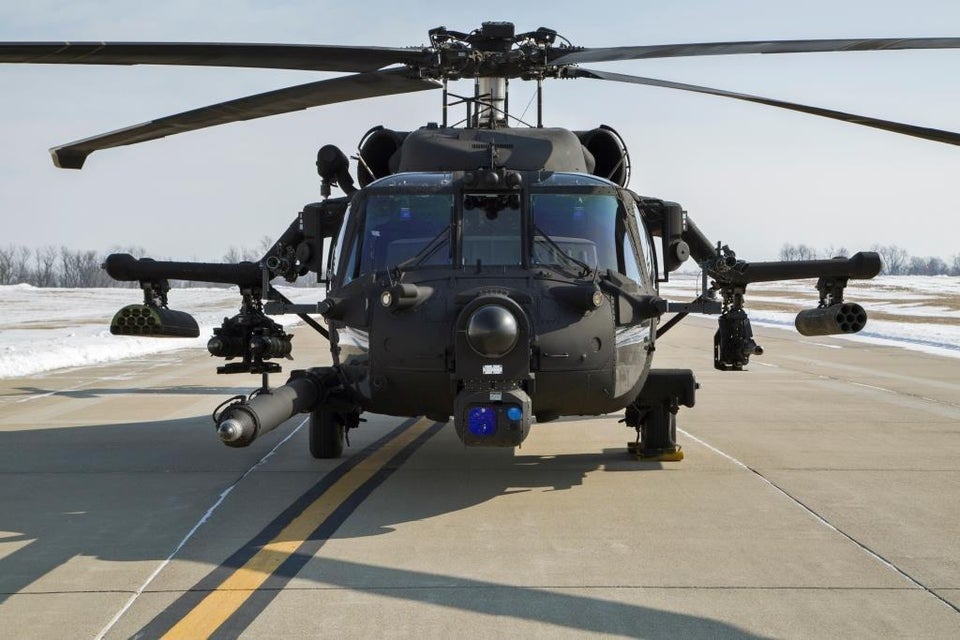
Finally, the relatively large contingent of Night Stalkers now at Kabul’s airport also provides the ability to execute complex special operations missions, especially rescuing key personnel, outside the perimeter of the airport. Loaded up with special operators, they have the ability to go out and hit targets with extreme violence of action and save individuals from falling into the Taliban’s clutches. In fact, this may have actually already have happened at least once. The U.S. official says it is not conducting personnel recovery and evacuation operations outside of the airport, even though France and Britain are, but this may need to change as the Taliban are making it hell for people trying to reach the airport. This reality will likely only get worse, not better, as the evacuation crawls on and the Taliban become more settled in and emboldened.
The reconfigurable MH-60s and MH-6s are both capable of supporting these operations, but the MH-47s are especially well suited for them and can recover many people at once, if need be.
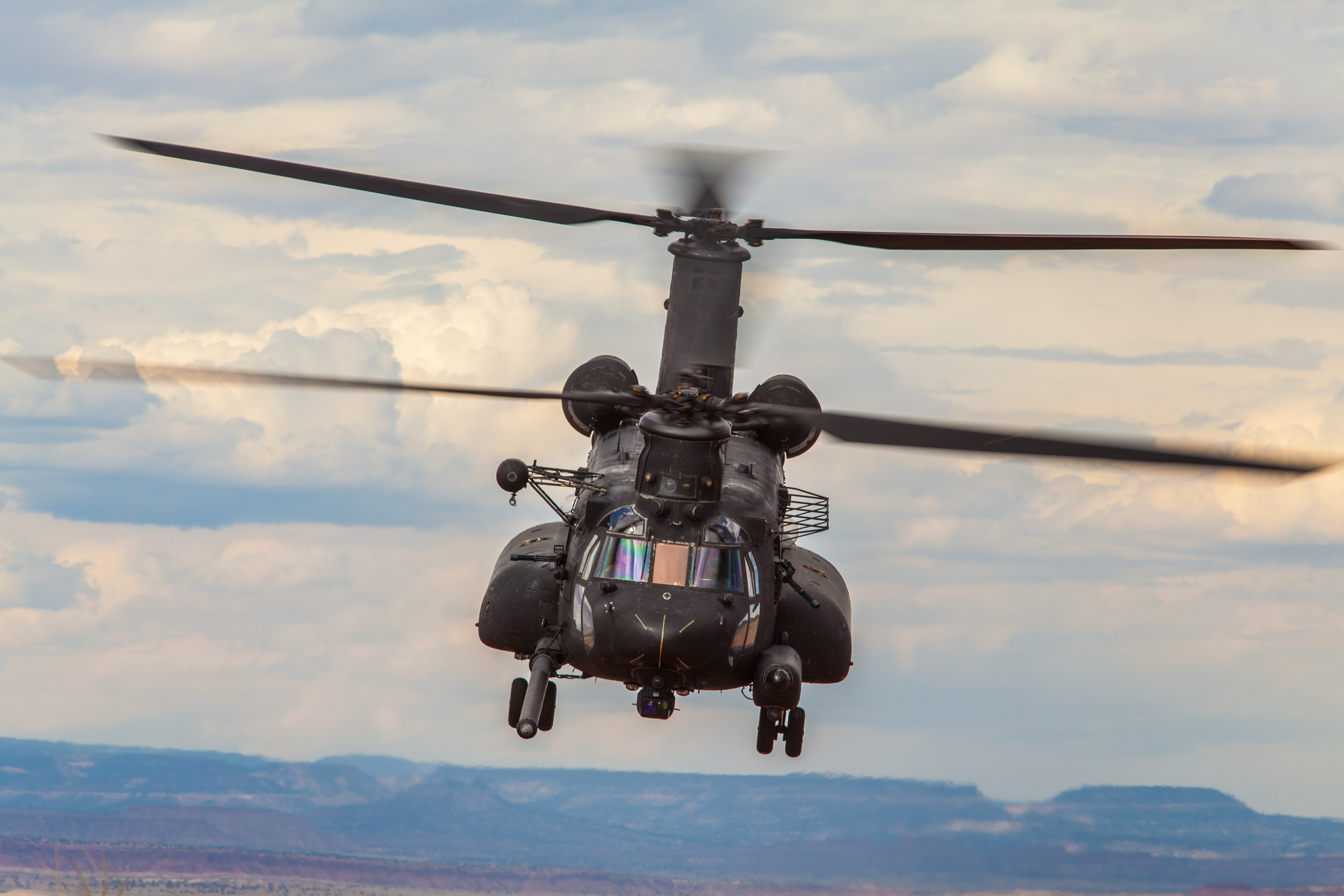
Finally, the Night Stalkers have the ability to operate in dense urban areas, which are filled with dangers for helicopter crews, unlike any other flying unit on earth. This exact mission is why they tirelessly train all around some of America’s biggest cities, landing on high-rises, executing mock assaults on complex facilities, and flying blacked-out down city streets. These constant urban training operations cause a lot of public concern and even outright protest, especially from the ‘black helicopter’ conspiracy theory crowd, but this deployment to Kabul under these extremely high-stakes circumstances is a glaring example of why they do that training and why it is so indispensable.
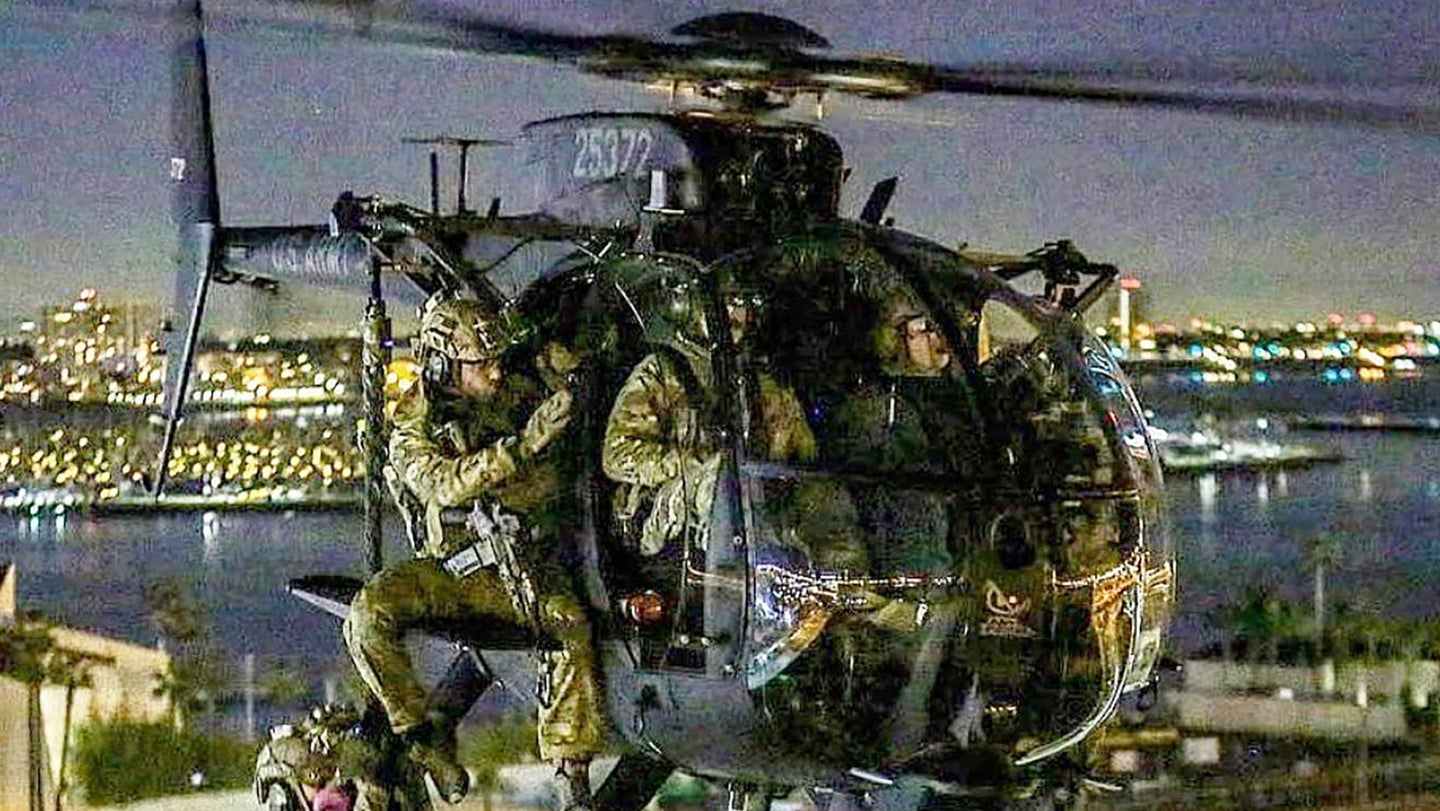
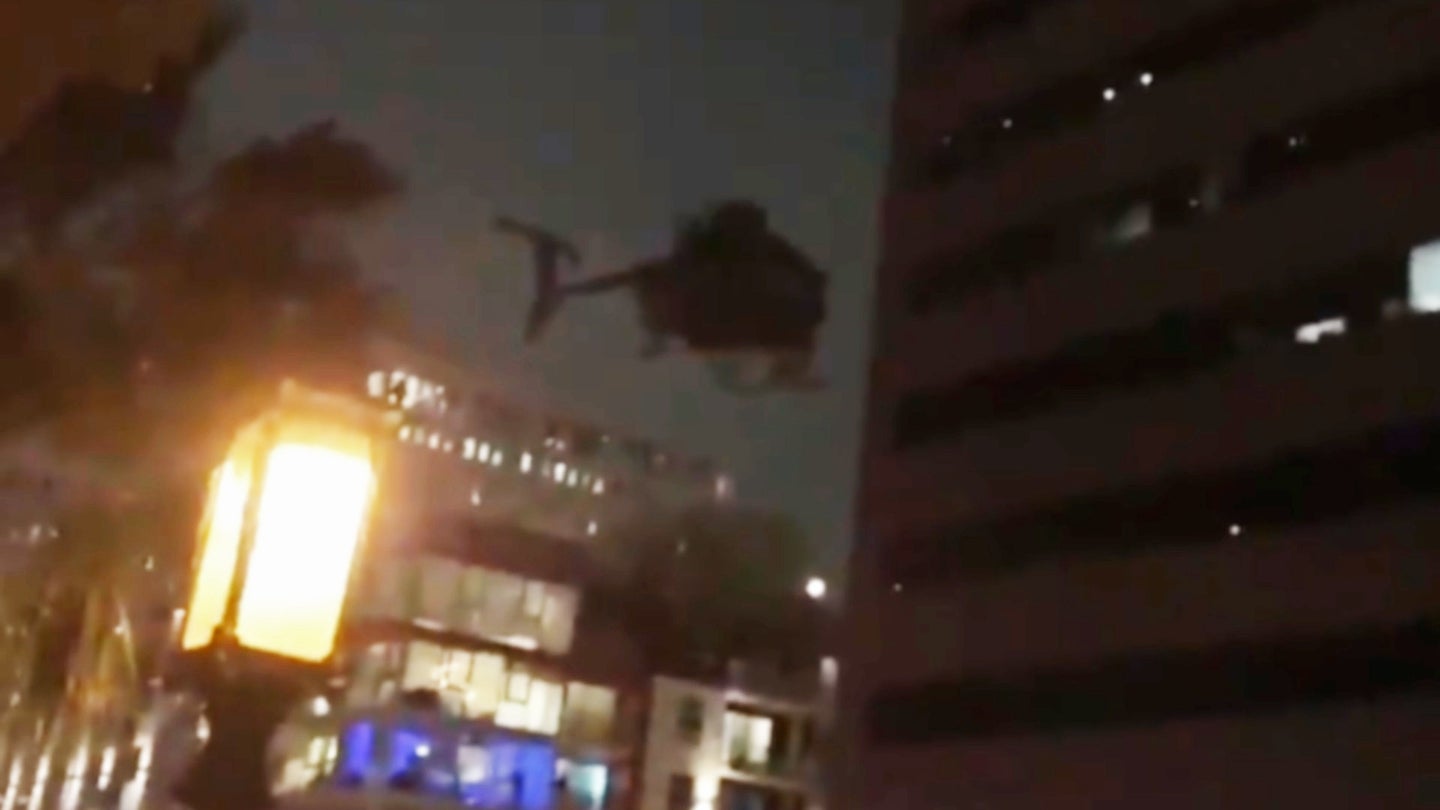
The U.S. special operations community has known for some time now that future battles will be fought in “megacities” and that they have to train for the litany of dangers they represent. Should the evacuation go south for any reason, the vision of battles to come could morph into reality.
With any luck, the Night Stalkers will help keep the Taliban at bay and, if ordered to do so, will be able to go out and help grab Americans and our friends who absolutely cannot make it through the Taliban’s gauntlet in order to find salvation at the airport. Beyond that, they and the special operators they taxi around are likely to be the last U.S. servicepeople to set foot on Afghan soil when the current nightmare of a situation finally comes to an end.
UPDATE:
More reports of U.S. missions being flown outside the perimeter of Kabul Airport to extract people for evacuation:
Contact the author: Tyler@thedrive.com
